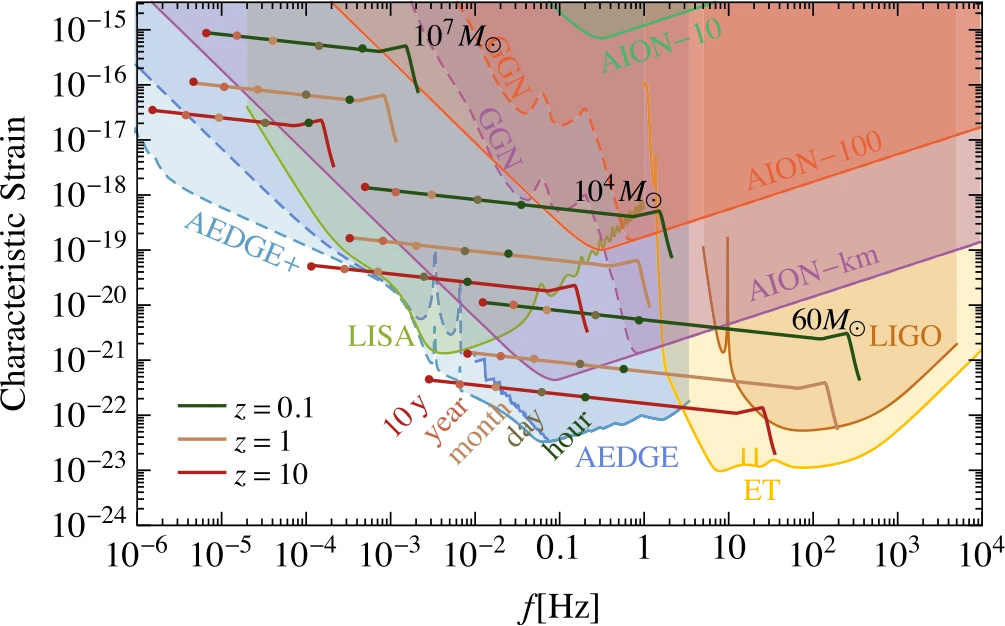EPJ QT Highlight - Progress in terrestrial very long baseline atom interferometry
- Details
- Published on 12 May 2025

The second of a series of workshops, held in London in April 2024, saw over 250 experts make progress towards a blueprint for a kilometre-long atom interferometer.
Interferometry is a technique that extracts information from the interference patterns of superimposed waves, most typically electromagnetic waves. However, atom interferometry, as its name implies, instead uses atoms that are treated as waves through wave-particle duality. Atom interferometers can make exceptionally precise measurements, for example to test foundational physical principles or detect gravitational waves. This decade, international experts in terrestrial very long baseline atom interferometry (TVLBAI) have met for two workshops; progress reported at the second of these, held in London in April 2024, has recently been published in EPJ Quantum Technology.
The technique of atom interferometry has been known since the 1990s, but feasible, large-scale instruments are taking much longer to emerge, even in prototype. In order to take full advantage of the technique, it is necessary to build detectors at least a kilometre in length. “No individual institution or country will likely ever deliver a project at this scale alone”, says Oliver Buchmueller of Imperial College, London, a co-host of the workshop and a corresponding author of this 276-author report.
In the period between the first TVLBAI workshop, held at CERN, Geneva, in 2023, and the second, more than 50 organisations representing the community signed a Memorandum of Understanding to form a ‘proto-collaboration’. At the 2024 workshop, physicists discussed technical advances – including in the development of atom sources – and potential sites for locating large-scale instruments at CERN and in Spain, the US and the UK. “We will now produce conceptual designs for kilometre-scale detectors, and test core technologies in demonstrator projects at smaller scales”, adds Buchmueller. A third workshop is planned to take place in Hannover, Germany at the end of August this year.
These workshops form critical stepping-stones towards the installation of a TVLBAI detector. The earliest date when such a machine could be operational is in the mid-2030s, but if this project comes to fruition it will lead to exciting advances in areas such as precision gravity mapping and ultra-precise atomic timekeeping.
Abdalla, A., Abe, M., Abend, S. et al. Terrestrial Very-Long-Baseline Atom Interferometry: summary of the second workshop. EPJ Quantum Technol. 12, 42 (2025). https://doi.org/10.1140/epjqt/s40507-025-00344-3




